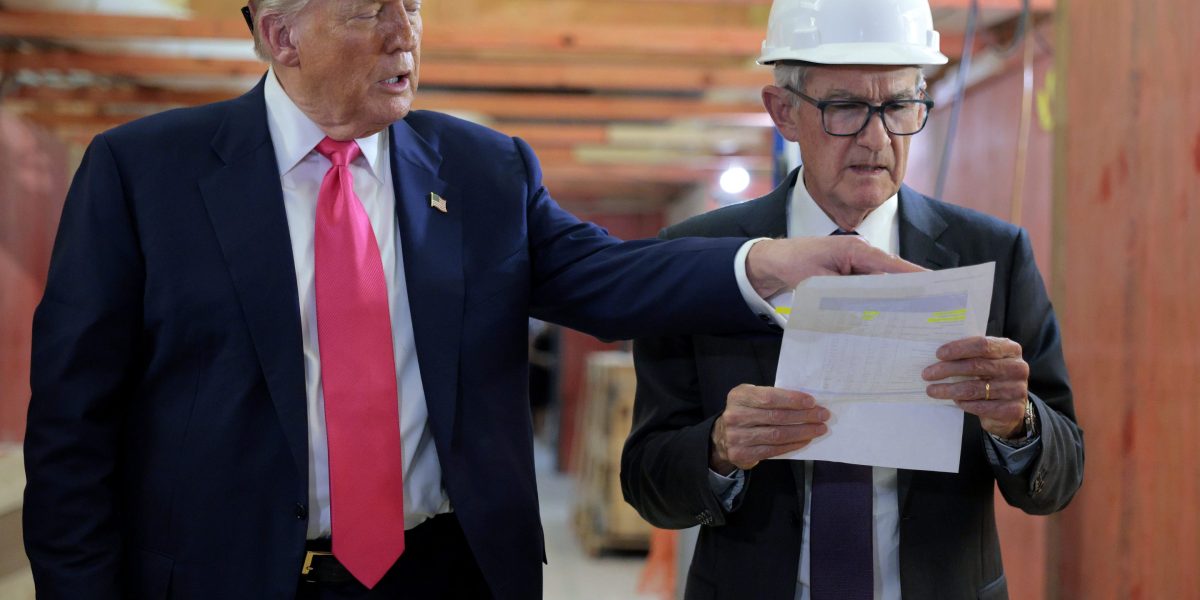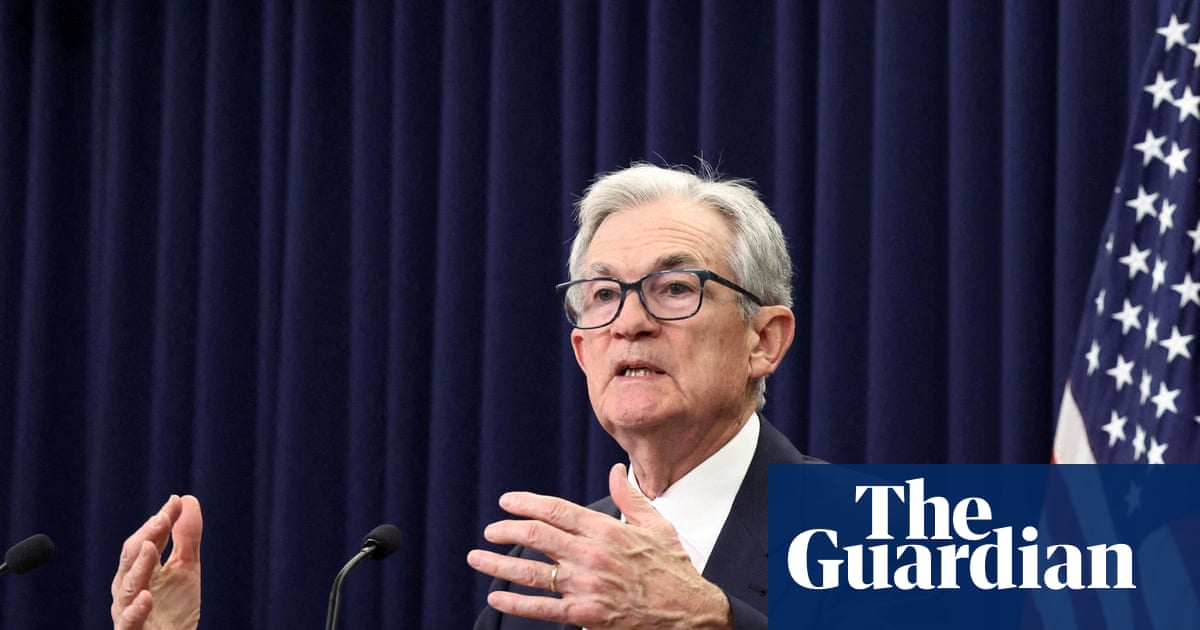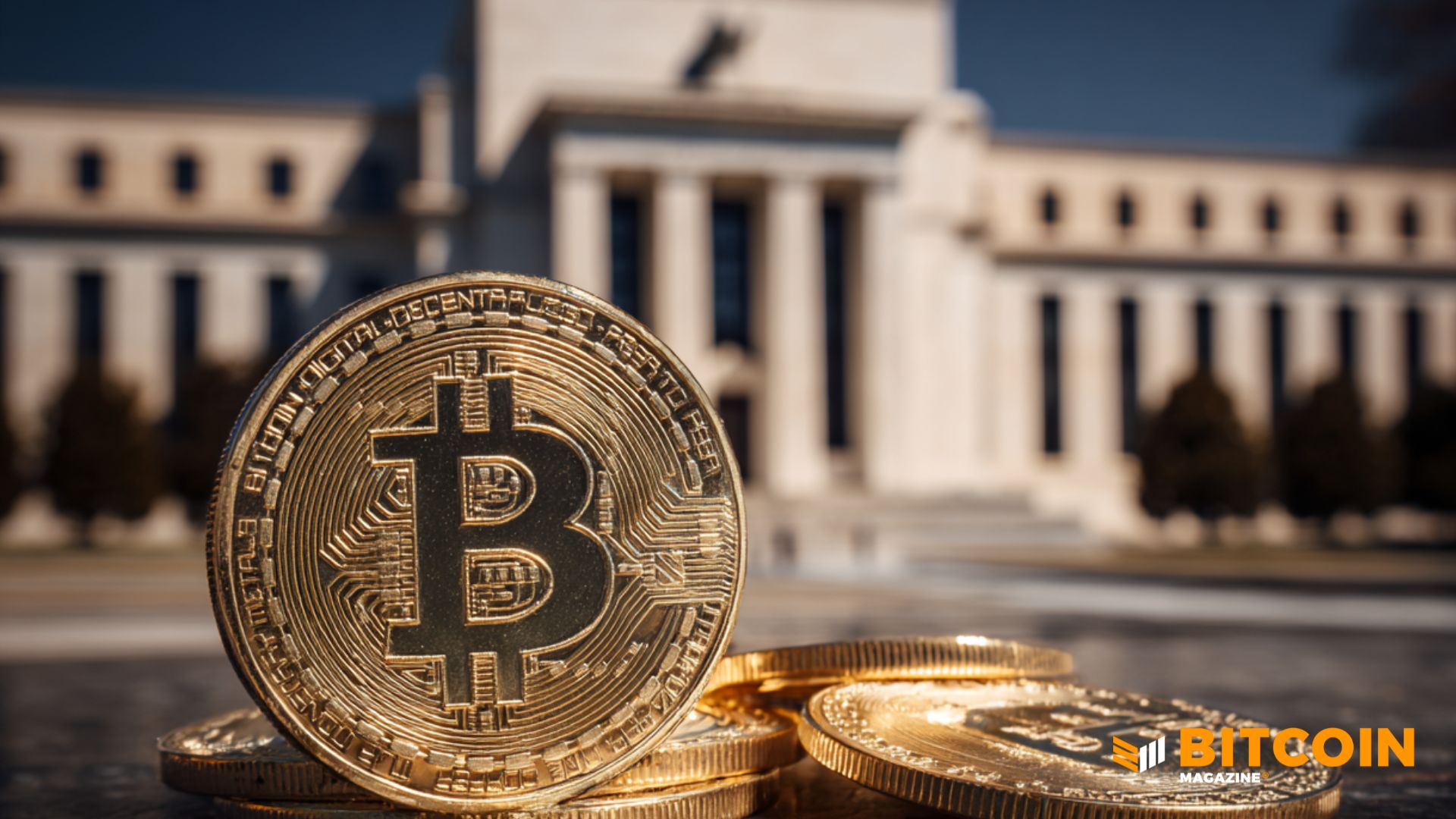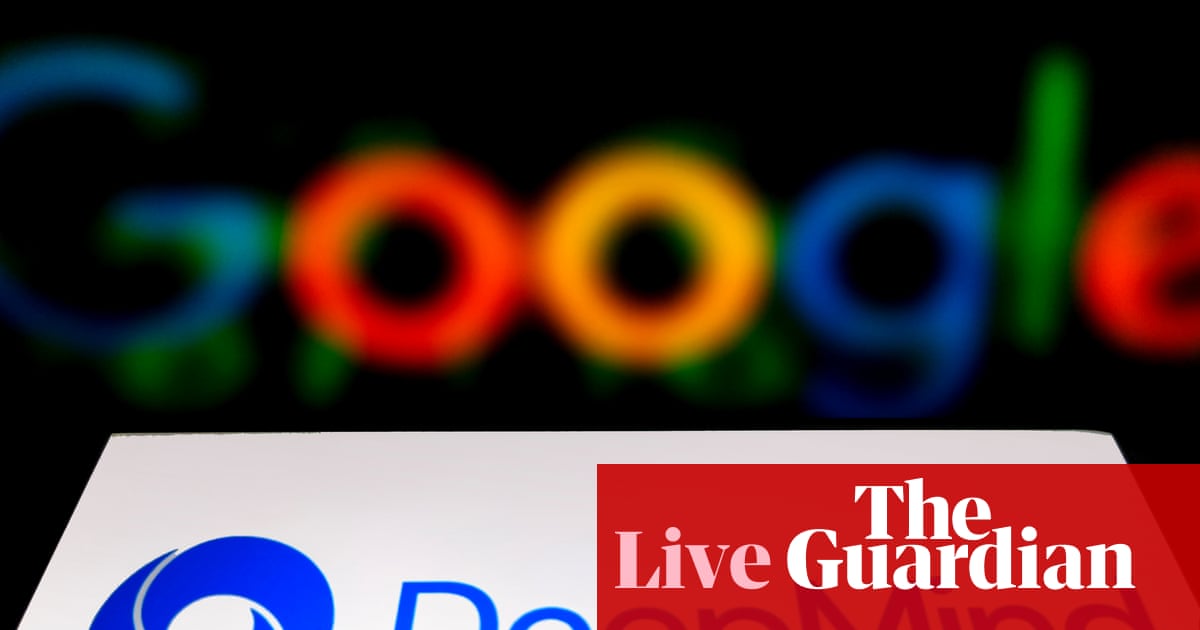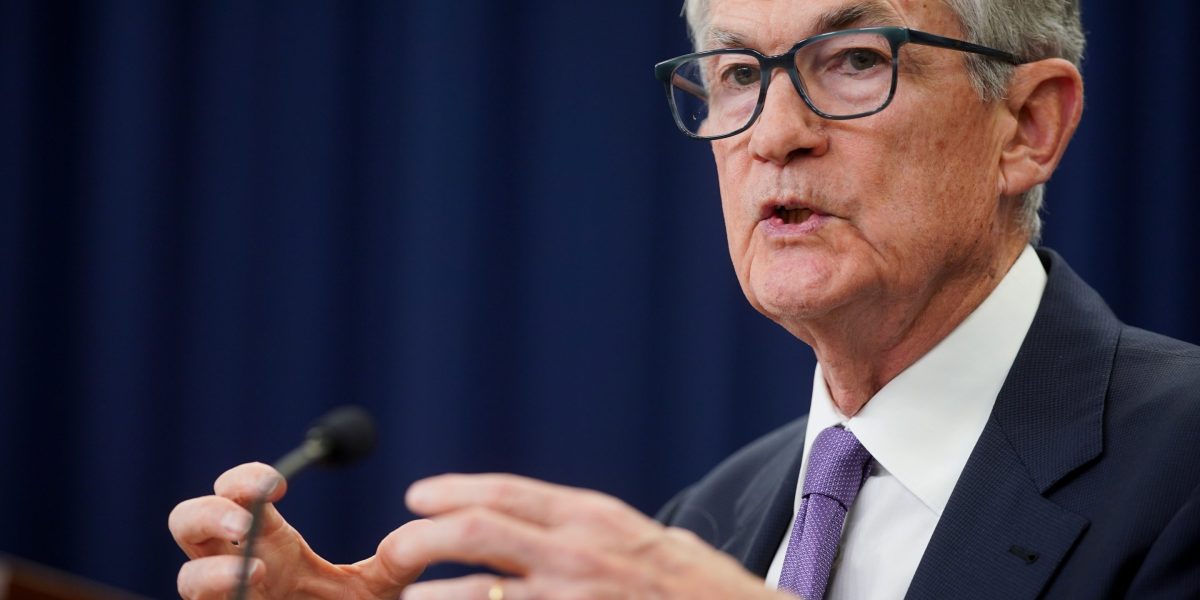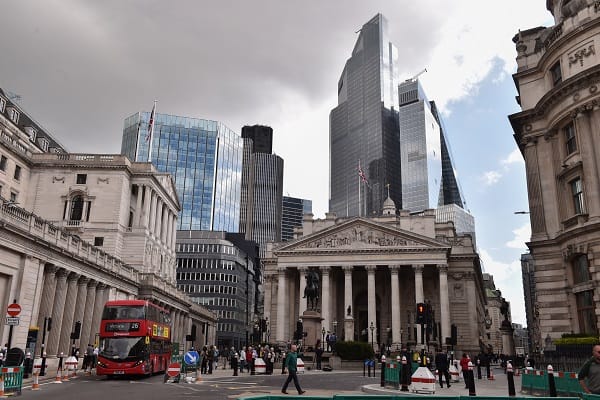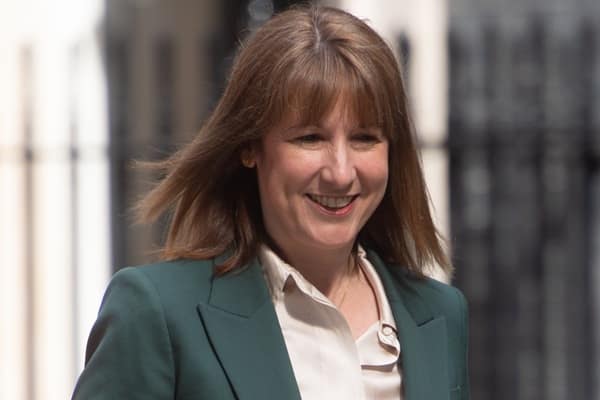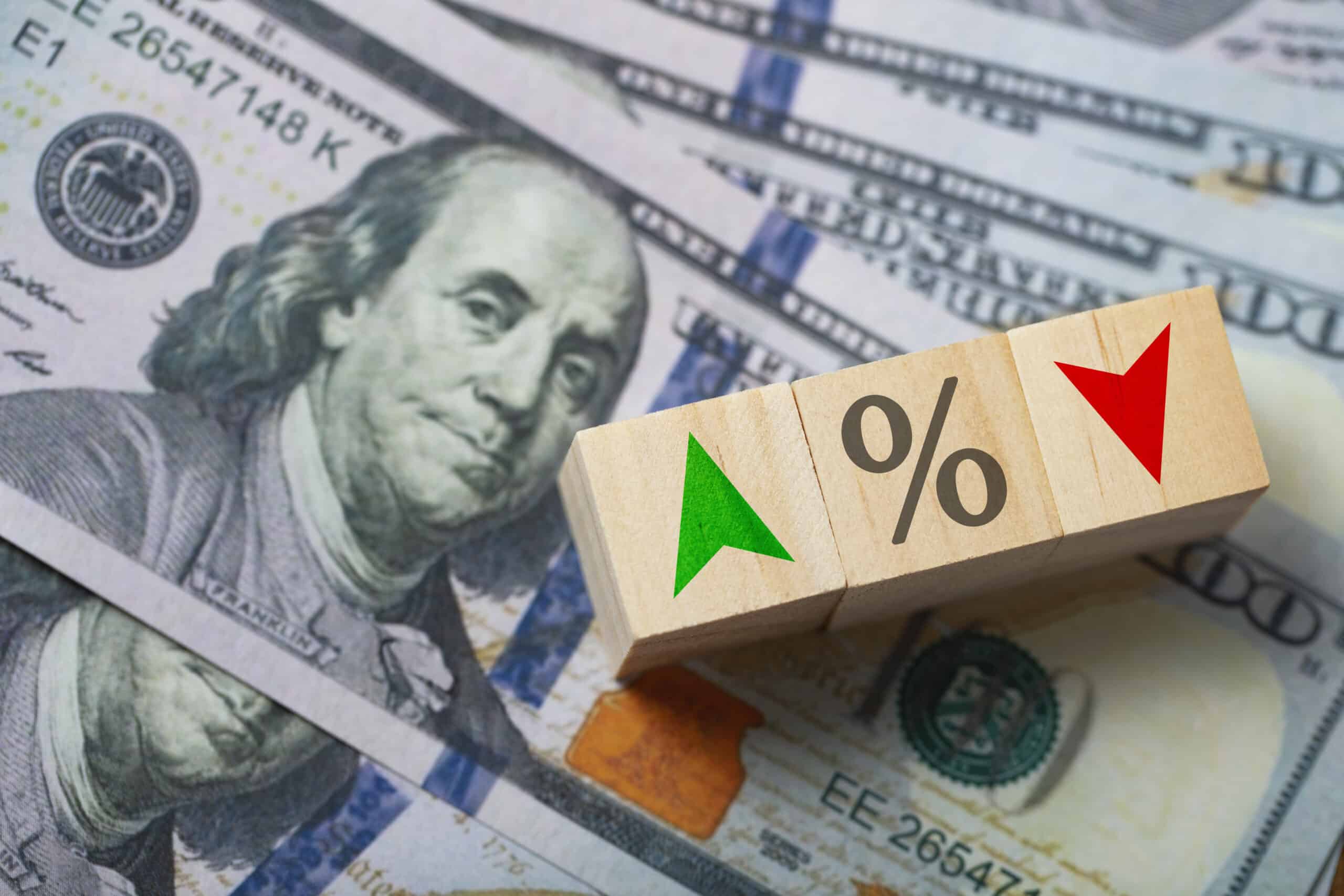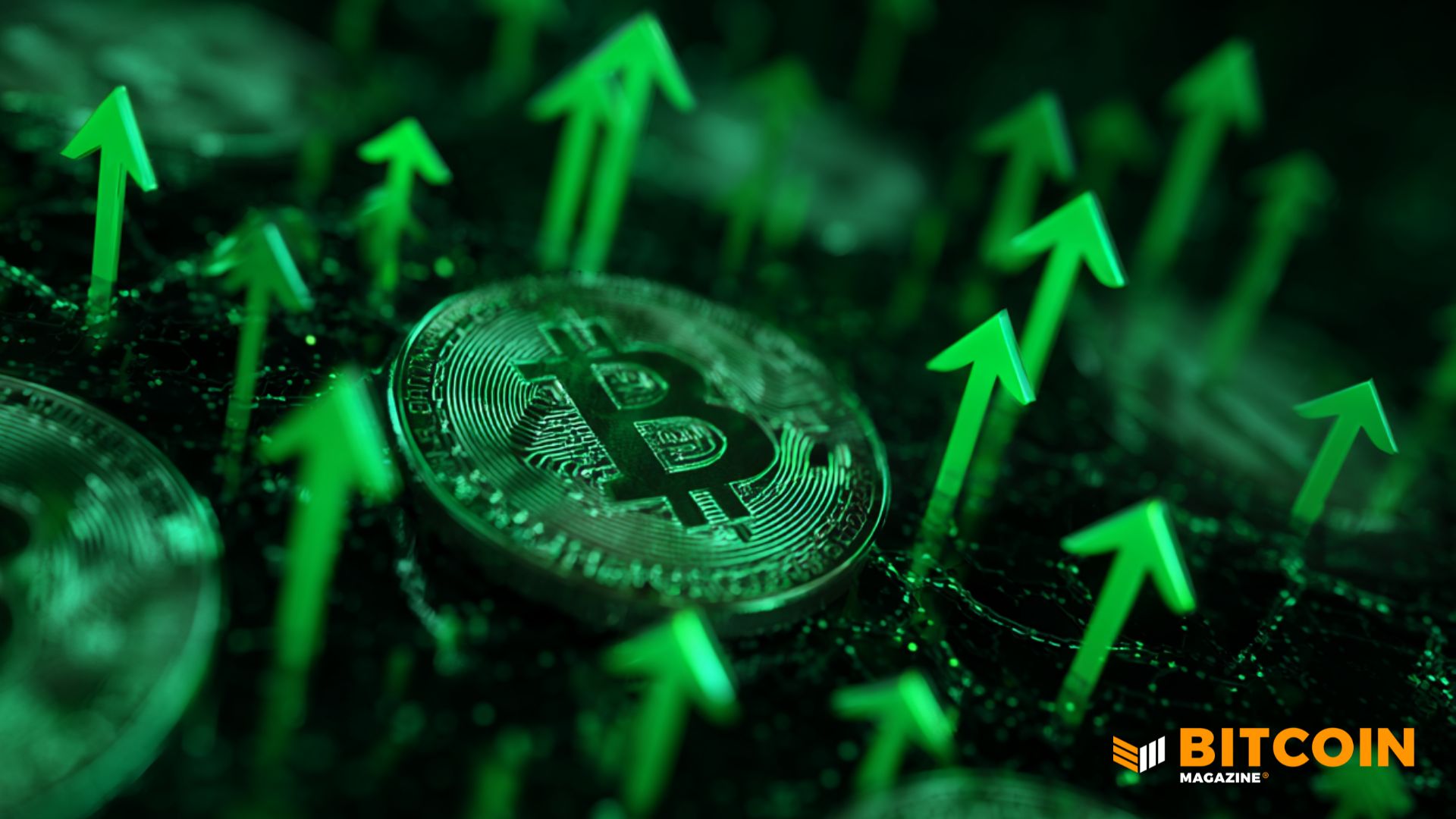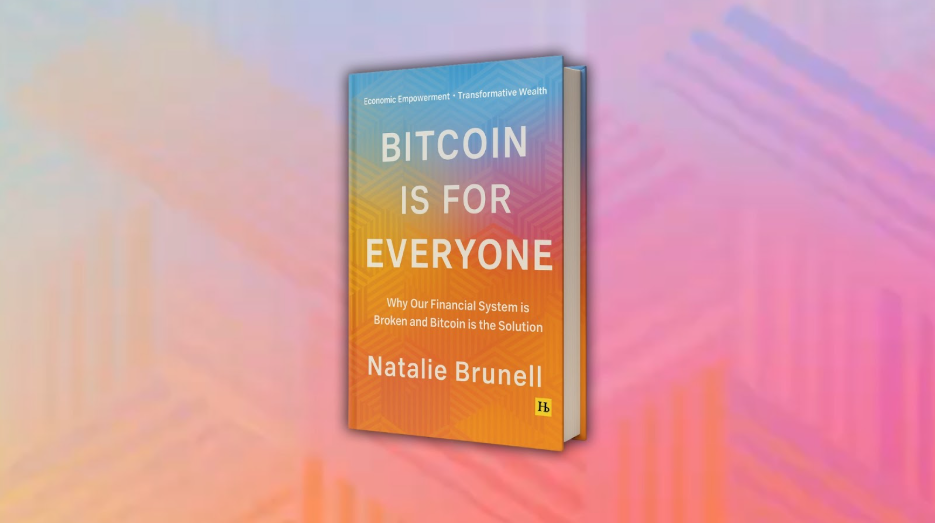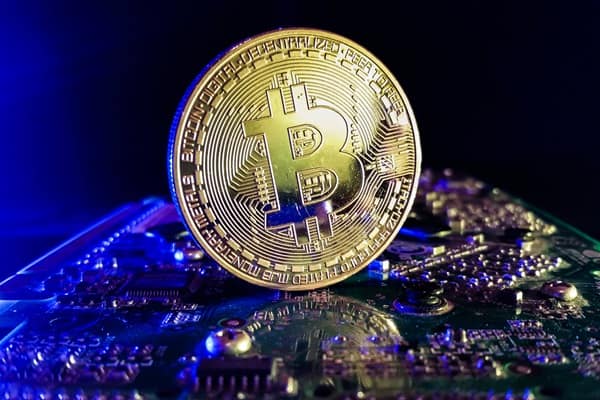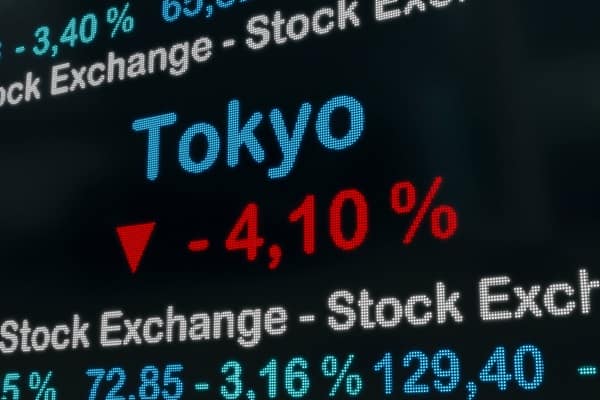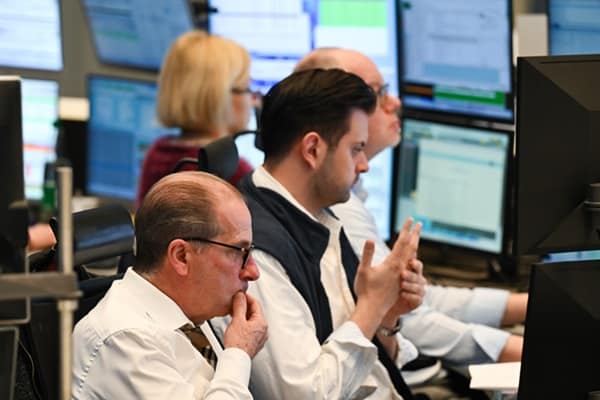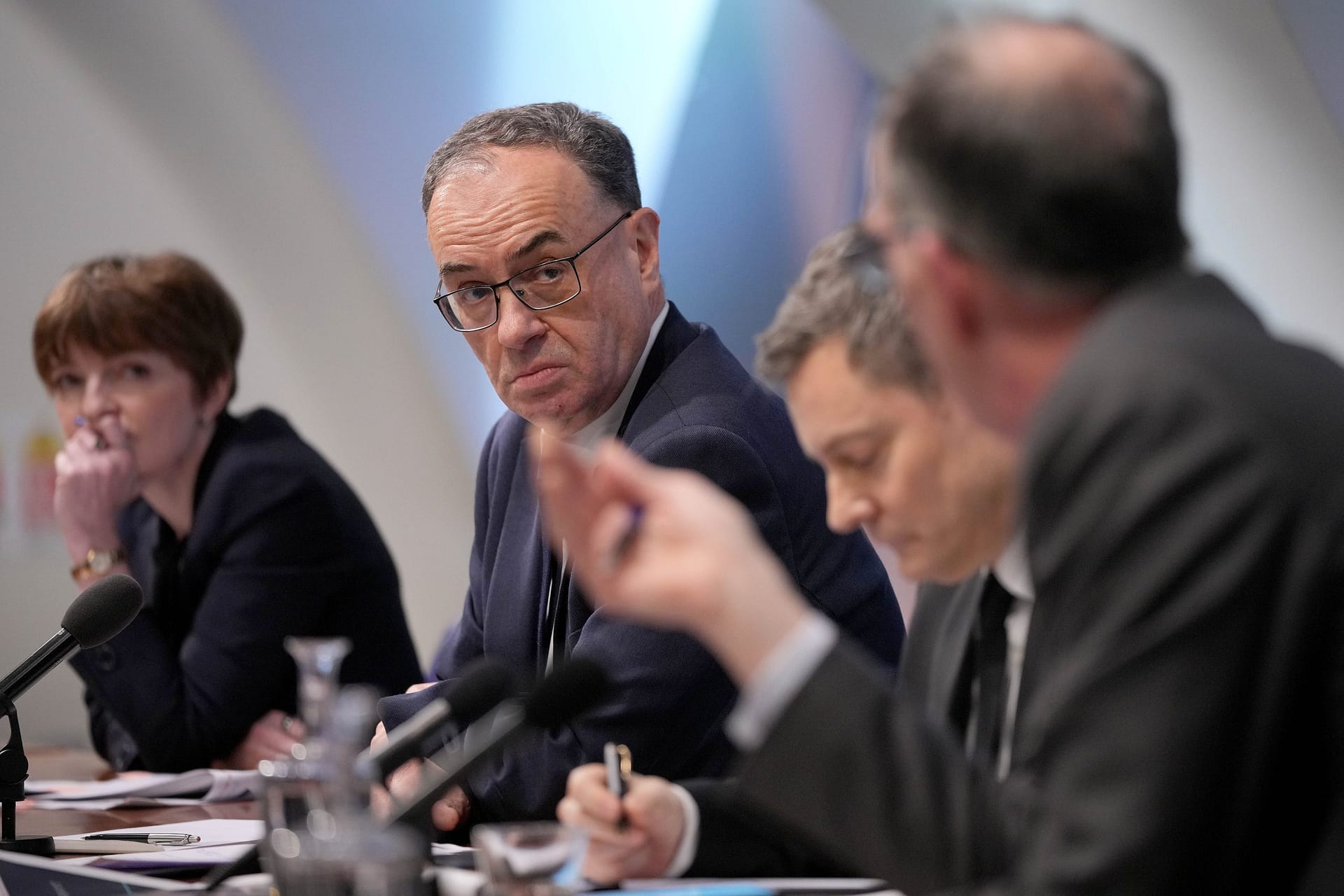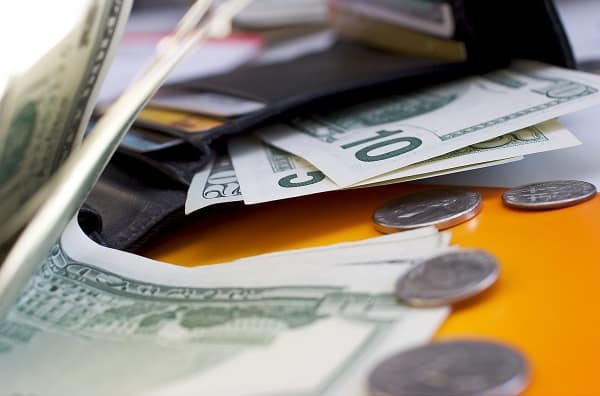#monetary-policy
#monetary-policy
[ follow ]
fromLondon Business News | Londonlovesbusiness.com
3 days agoCommodities soaring, oil retreating and equities grinding higher - London Business News | Londonlovesbusiness.com
Global markets are nearing the year-end with striking contrasts across major asset classes, shaped by shifting rate expectations, geopolitical uncertainty, and uneven economic momentum. Nowhere was this divergence more evident than in the performance of commodities, oil, and global equities. Gold led with a gain of more than 60%, its strongest annual advance in over a decade, while silver outperformed even that, surging nearly 100% over the year. Both precious metals benefited from expectations of global monetary easing, persistent geopolitical tensions,
Business
US politics
fromFortune
1 week agoTrump's pick for Fed chair isn't enough to threaten central bank independence, says top economist-especially if Jerome Powell decides to stick around | Fortune
A Trump-aligned Fed chair and board changes could undermine Federal Reserve independence, potentially repeating Nixon-era political interference and provoking internal resistance.
fromSFGATE
1 week agoDecember Mortgage Outlook: Rates Could Move Up
If November's fickle rates are a sign of what's to come, mortgage rates will likely rise in December. Analysts went into this month with a growing sense that the Federal Reserve would vote to lower the federal funds rate at its Dec. 9-10 meeting. However, any cuts to mortgage rates related to this month's meeting will be relegated to the first week or so of December.
Real estate
from24/7 Wall St.
1 week agoHere Are Tuesday's Top Wall Street Analyst Research Calls: Albemarle, Circle Internet, Cloudflare, Danaher, Inspire Medical, Six Flags, Workday and More
Numerous reasons for the selling on Monday, not the least of which is that the market is still way overbought, and while most expect the Federal Reserve to lower rates by 25 basis points next week, there is still a chance they push the next cut out to January. One thing is for sure: if National Economic Council Director Kevin Hassett becomes the next Fed Chairman, we could see rates go much lower in 2026.
US news
fromLondon Business News | Londonlovesbusiness.com
1 week agoEurozone inflation edges up but won't worry the ECB - London Business News | Londonlovesbusiness.com
Eurozone inflation edged up to 2.2% in November, a slight rise from the 2.1% recorded in October. The headline number continues to hover close to the European Central Bank's 2% target, but the underlying picture remains uneven. For the wider eurozone economy, today's data suggests that the disinflation trend is intact but still fragile. Growth across the bloc remains modest, with forecasts for next year centred near 1.2%.
Miscellaneous
fromFortune
2 weeks agoWall Street is on tenterhooks about the Fed's 'rare, genuinely suspenseful' December meeting, because the committee itself doesn't know what to make of the data-or of each other | Fortune
If the market doesn't seem sure whether or not to expect a base interest rate cut next month, it's not alone-members of the Federal Open Market Committee (FOMC) themselves may have little clue which way the vote is going to go. In the run-up to this week, the mood was one of disappointment that the FOMC wouldn't deliver a final cut for 2025, an action many analysts had priced in since this summer.
Business
Business
fromLondon Business News | Londonlovesbusiness.com
2 weeks agoThe significant events in the global economy over the past week - London Business News | Londonlovesbusiness.com
AI-driven growth optimism faces skepticism about sustainable profitability, pressuring tech stocks and dragging broader equity markets despite strong corporate results and mixed economic signals.
fromLondon Business News | Londonlovesbusiness.com
3 weeks agoUS non-farm payroll: Coal for Christmas - London Business News | Londonlovesbusiness.com
US job growth blew past expectations in September painting a rosy pre-shutdown picture and delivering the largest jobs gain in 5 months. Despite the data already being out of date, this will be the only major jobs release prior to the Fed's end of year meeting. Given the Fed minutes showed hesitancy within the ranks when it comes to a final interest rate cut in 2025, the strength of this jobs report will likely ensure nothing changes.
US news
fromFast Company
3 weeks agoAre we in a K-shaped economy? Delayed employment numbers could reveal recession odds
The gap between the richest and poorest Americans is widening in what Federal Reserve Chairman Jerome Powell has called a " bifurcated economy," as the cost of living skyrockets from housing to food prices, but wages for most workers remain stagnant. Basically, high-income individuals are doing well, while lower-income consumers are struggling more and more. That situation has sparked discussions about whether we're in a so-called "K-shaped economy."
Business
Real estate
fromFortune
4 weeks ago'We've probably made housing unaffordable for a whole generation of Americans': top real-estate CEO on the real cost of Covid economic firefighting | Fortune
Pandemic-era economic policy and stimulus have reduced housing affordability, likely requiring a decade or more of income growth to restore generational access to homeownership.
fromLondon Business News | Londonlovesbusiness.com
1 month agoEquitiesFirst financing offers liquidity amid Japan's rate hikes and trade strains - London Business News | Londonlovesbusiness.com
Prime Minister Sanae Takaichi's October confirmation triggered immediate volatility across Japanese markets. Long-term bond yields reached multi-year highs, the yen fell past the 150-per-dollar threshold, and equity indices climbed to record territory. Her public calls for looser monetary policy clashed with market expectations, forcing some investors to recalibrate their assumptions about the Bank of Japan's next moves. The turbulence reflects deeper pressures reshaping Japan's corporate funding environment.
World news
fromwww.housingwire.com
1 month agoRaphael Bostic to retire as Atlanta Fed president
Bostic has led the Atlanta Fed since June 2017, and he is the first Black and openly gay regional Fed president. His tenure, however, has included scrutiny over personal investments. In October 2022, the Fed reviewed trades Bostic made during blackout periods near policy meetings. He apologized for discrepancies, although no evidence showed he traded on insider information. Bostic has vocalized caution when it comes to rate cuts this year, citing elevated inflation and a softening labor market.
US news
US politics
fromBusiness Insider
1 month agoTrump floats using tariff revenue to send $2,000 checks to Americans. Here's how that could hurt them in the long run.
Using tariff revenue to send $2,000 checks to most Americans could boost demand and import prices, driving inflation and raising long-term costs.
fromwww.housingwire.com
1 month agoFed interest rate cut odds drop amid inflation concerns
By my assessment, the labor market is largely in balance, the economy shows continued momentum, and inflation remains too high, the statement read in part. I view the stance of policy as only modestly restrictive. In this context, I judged it appropriate to maintain the policy rate at this week's meeting. The federal funds rate is currently at a range of 3.75% to 4%, its lowest level in three years.
US politics
US news
fromLondon Business News | Londonlovesbusiness.com
1 month agoThe significant events in the global economy over the past week - London Business News | Londonlovesbusiness.com
U.S. markets were mixed as AI-driven large-cap techs propelled the Nasdaq, earnings beats were widespread, and central bank policy tempered broader market gains.
fromLondon Business News | Londonlovesbusiness.com
1 month agoEurope's economy shows signs of recovery - London Business News | Londonlovesbusiness.com
EUR/USD is hovering around 1.1620, rebounding slightly from recent lows as expectations for a Eurozone recovery improve, while the U.S. dollar has paused after a strong rally. However, the euro's recovery remains limited due to the wide U.S.-EU interest rate gap and the likelihood that the Federal Reserve will maintain a cautious policy stance, while the ECB leans toward keeping rates steady.
Miscellaneous
fromLondon Business News | Londonlovesbusiness.com
1 month agoUS-China breakthrough helps lift US indices following Friday's CPI boost - London Business News | Londonlovesbusiness.com
That comes despite widespread optimism over US-China trade negotiations, which signal the potential for a breakthrough ahead of Trump's meeting with Xi later in the week. In Europe, this morning has seen a German Ifo business climate survey that brought an improved headline figure of 88.4, while the expectations metric rose to the highest level since Feb 2022. However, despite optimism over future business conditions, the worsening of current conditions (85.3) highlights a perception of a struggling economy that many hope will get better.
Miscellaneous
fromFortune
1 month agoSince ChatGPT launched, job openings have plunged 30% while the stock market has surged 70%-but one economist says the true culprit isn't AI | Fortune
A chart making the rounds on social media has sparked intense debate about the state of the American economy. Since November 2022, when ChatGPT launched, the S&P 500 has surged more than 70% while job openings have plummeted roughly 30%. The juxtaposition has earned the graphic a foreboding nickname: the " scariest chart in the world." At first glance, the divergence appears to tell a simple story: that artificial intelligence has fractured the economy, enriching investors while devastating workers.
US news
fromLondon Business News | Londonlovesbusiness.com
1 month agoUK inflation holds at 3.8% for the third consecutive month - London Business News | Londonlovesbusiness.com
Headline CPI inflation held at 3.8% in September, a pace unchanged since July, in line with Cebr's forecasts. Overall, the picture for UK households is mixed. Food inflation slowed for the first time since March, from 5.1% to 4.5%, but prices for electricity, gas, and other fuels continued to rise, accelerating to 9.4% in September. Divergent price pressures place the Bank of England at a crossroads.
UK politics
fromLondon Business News | Londonlovesbusiness.com
1 month agoSilver slides as investors lock in profits amid receding fears - London Business News | Londonlovesbusiness.com
Silver prices fell sharply on Tuesday, retreating from last week's record highs as investors took profits following a rapid rally driven by tight supply conditions and macroeconomic tailwinds. The pullback comes as broader risk appetite improved, fuelled by easing US-China trade tensions and signs of progress in resolving the US government shutdown. President Donald Trump stated he expects to reach a "fair" trade agreement with Chinese President Xi Jinping during their upcoming meeting in South Korea, helping calm markets.
Business
fromLondon Business News | Londonlovesbusiness.com
1 month agoDollar holds firm, trade developments in focus - London Business News | Londonlovesbusiness.com
The dollar index traded within a narrow range on Monday as easing US-China tensions provided support to the greenback. Market sentiment improved slightly after President Donald Trump signalled that broad tariffs on China would be unsustainable and negotiators from both sides confirmed plans for renewed talks in the coming days. Any progress this week could reinforce risk appetite and support the dollar, while setbacks could quickly reverse the tone.
US politics
[ Load more ]

